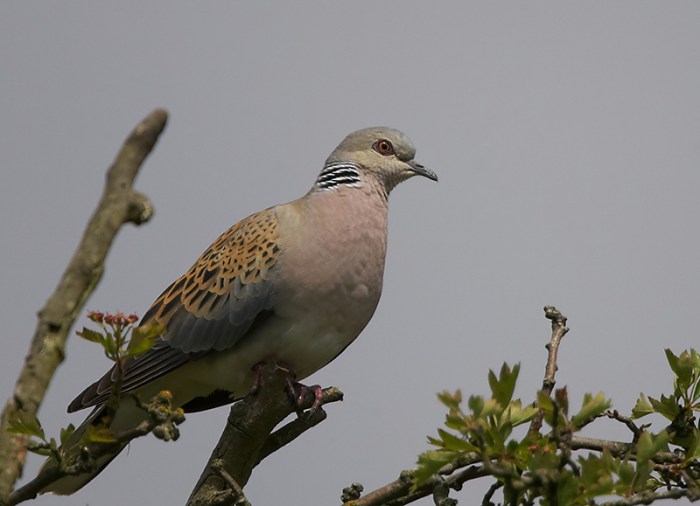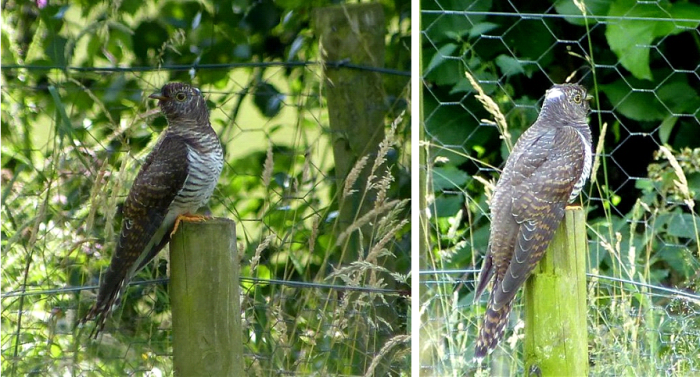The images from Alan Coles, below, capture a rufous morph Cuckoo in flight over Summer Leys LNR on 5th May. This is interesting on two counts – firstly, because this colour morph is generally uncommon, with only one or two reported in Northants per year and secondly, because records in recent years have come from Summer Leys/Earls Barton Gravel Pits (last year’s here) suggesting this may be the same returning individual.



Colour polymorphism in birds is determined genetically and the similarities between plumages of rufous females and Cuckoo fledglings (see here) suggest that the rufous morph is simply a colour alternative to the grey morph and might have arisen through paedomorphic retention of juvenile plumage to adulthood (see Trnka, Trnka & Grim).



